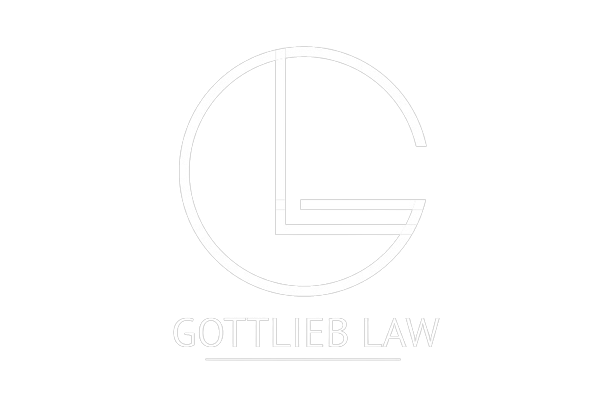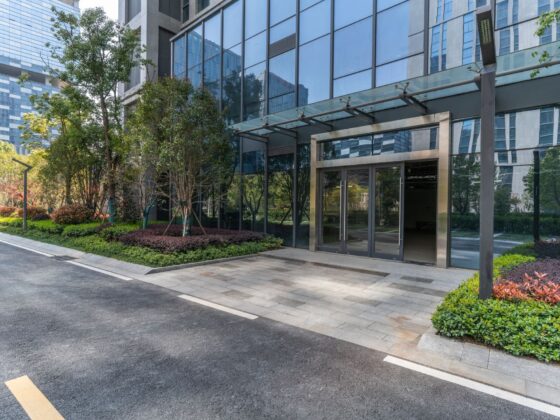Gottlieb Law, PLC provides this article for information purposes only and nothing herein creates an attorney-client relationship. You should not take any actions in reliance on any of the information contained herein without consulting with qualified legal counsel first and reading this article is not a proper substitute for seeking legal advice of your specific situation. Laws change over time and you should seek counsel to discuss any specific legal questions.
With its unique legal framework and specific procedures, the foreclosure process in Arizona can be both daunting and confusing. The good news is that by taking the time to review and better understand your various options, you can gain new insights into how this complicated legal process works. Few events bear the weight of financial and emotional consequences quite like foreclosure, which is why an understanding of the process is paramount.
Whether you’re a homeowner facing financial challenges or simply seeking to understand the intricacies of foreclosure laws in Arizona, the following guide is designed to provide you with a clear roadmap through the challenging terrain of property foreclosure in Arizona.
About Pre-Foreclosure in Arizona
Even before the foreclosure process begins, there is a preceding stage called pre-foreclosure.
The term pre-foreclosure means that a homeowner has gotten far enough behind on their payments that the lender has taken steps to enforce its rights.
This critical period provides homeowners with an opportunity and a window of time to address their financial challenges, work with their lender and potentially avoid the full consequences of a foreclosure process in Arizona.
During the pre-foreclosure process in Arizona, a lender will issue a notice to the homeowner called a Notice of Default. This paperwork describes the amounts that are owed in arrears, plus any fees and interest as well as other associated costs that are required to make the note current.
Homeowners then enter a grace period, which varies based on the terms of the mortgage, to rectify the default. Borrowers can pay the owed amount, negotiate with the lender for a loan modification, refinance or explore alternatives like a short sale or deed in lieu of foreclosure.
Pre-foreclosure is a crucial phase for homeowners to assess their financial options, communicate with their lender and take proactive steps to either reinstate their loan or transition out of homeownership with the least financial impact. It’s important for homeowners in pre-foreclosure to seek counsel from legal professionals, to make informed decisions about their situation and chart a course of action that aligns with their financial goals and circumstances.
Arizona’s Foreclosure Process
The foreclosure process in Arizona typically follows a non-judicial framework, meaning it does not require court involvement. This means that some foreclosures are expedited and can move more quickly, giving lenders a quicker option to transfer ownership from the borrower back to the bank to satisfy the obligation.
The following is a simplified overview of the foreclosure process in Arizona:
- Notice of Trustee’s Sale: When a homeowner defaults on mortgage payments, the lender initiates the foreclosure process by recording a Notice of Trustee’s Sale with the county recorder’s office. This notice includes important details that entail where the trustee’s sale, auction or sale will take place. Lenders are required to place this notice in a place that’s conspicuous on the property allowing for at least 20 days notice before the date of sale or of the auction.
- Pre-Foreclosure Period: After the Notice of Trustee’s Sale is recorded, there is a pre-foreclosure waiting period of at least 90 days. Within this short timeframe, a homeowner does have the option to bring the note current or pursue alternative remedies. Federal law states foreclosure cannot begin unless the borrower is more than 120 days late on mortgage payments, so this period can be lengthy.
- Trustee’s Sale: If the default is not cured during the pre-foreclosure period, the property proceeds to a trustee’s sale, or auction. The auction is held at the date and time specified on the notice, and the property is sold to the highest bidder, which is often the lender. The lender, or whomever wins the auction, then receives a Trustee’s Deed that is recorded that transfers ownership of the property.
- Post-Sale Redemption Period: Arizona law only provides a post-sale redemption period for the homeowner to reclaim the property after the trustee’s sale if the property went through a judicial foreclosure process. Certain circumstances might also result in a six-month redemption period if the property is abandoned.
- Eviction Process: If the former homeowner doesn’t vacate the property voluntarily after the trustee’s sale, the new owner can begin eviction proceedings to regain possession of the property.
Arizona’s foreclosure process can vary based on specific circumstances, such as the type of mortgage and any additional agreements between the parties involved. Additionally, homeowners have the right to seek legal advice and explore alternatives, such as loan modifications, short sales, or deed in lieu of foreclosure, to mitigate the impact of foreclosure.
Why You Need an Experienced Arizona Real Estate Attorney
Foreclosures are complex, and even the most seasoned property owners can benefit from having a real estate attorney to offer expertise during the proceedings. Our firm can help you understand your rights, review documents and explore solutions to avoid foreclosure or navigate it more favorably. Gottlieb Law provides industry-leading legal representation for anyone involved in Arizona real estate. Contact our firm today at 602-899-8188 or schedule an initial consultation on our contact us page.
Gottlieb Law, PLC provides this article for information purposes only and nothing herein creates an attorney-client relationship. You should not take any actions in reliance on any of the information contained herein without consulting with qualified legal counsel first and reading this article is not a proper substitute for seeking legal advice of your specific situation. Laws change over time and you should seek counsel to discuss any specific legal questions.





You must belogged in to post a comment.